Double Taxation Avoidance Agreement (DTAA): A Primer
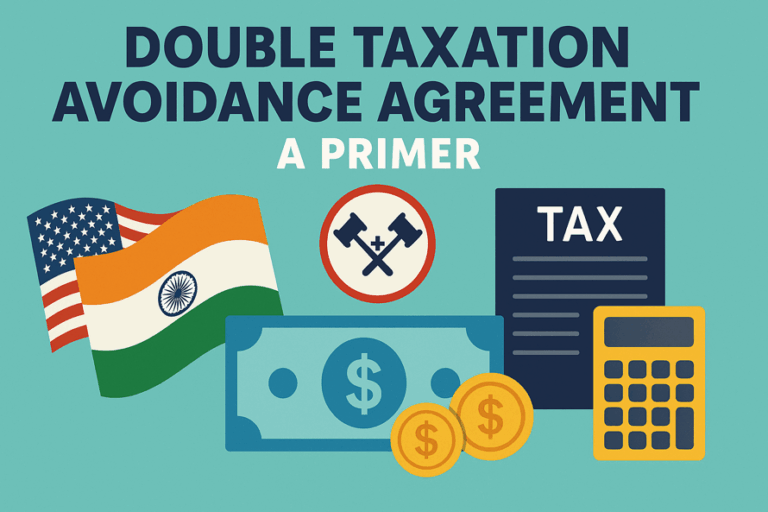
What is Double Taxation? Imagine earning income abroad and realizing a chunk…

What is Double Taxation? Imagine earning income abroad and realizing a chunk…
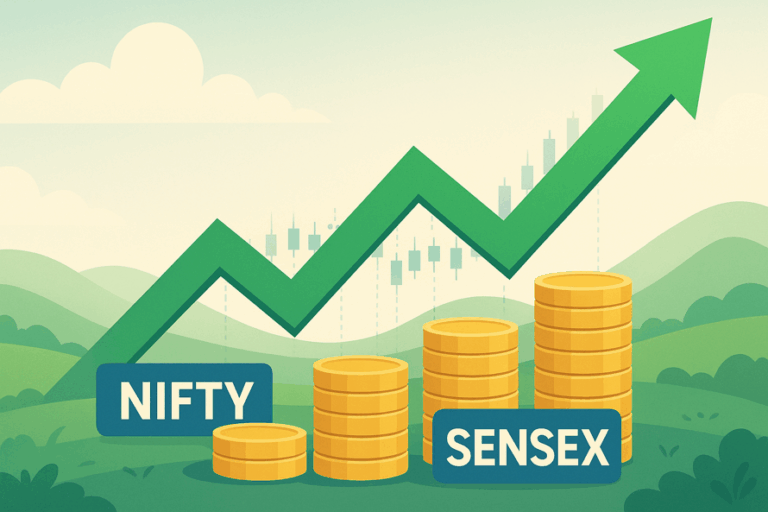
Top indices (closing values and daily change) Index Closing Level Change (pts)…
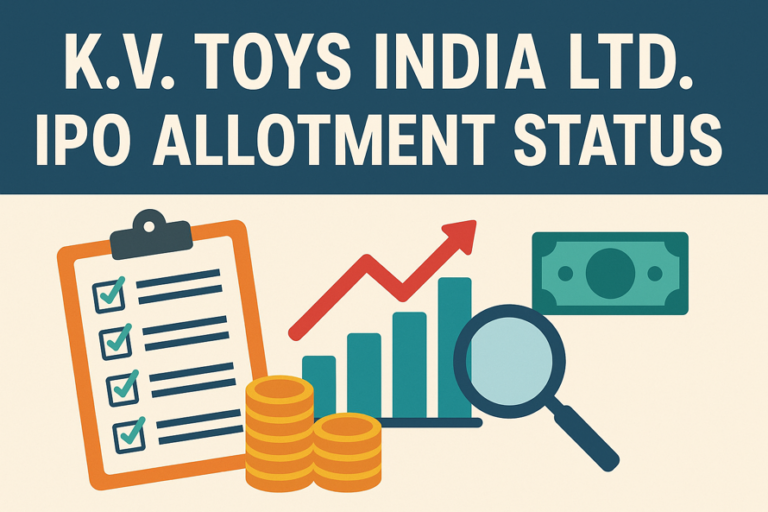
K.V. Toys India Ltd. IPO received an overwhelming response from investors during…

Corona Remedies’ IPO has generated strong buzz thanks to its performance in…

Wakefit’s IPO has stirred strong interest from both retail and institutional investors.…
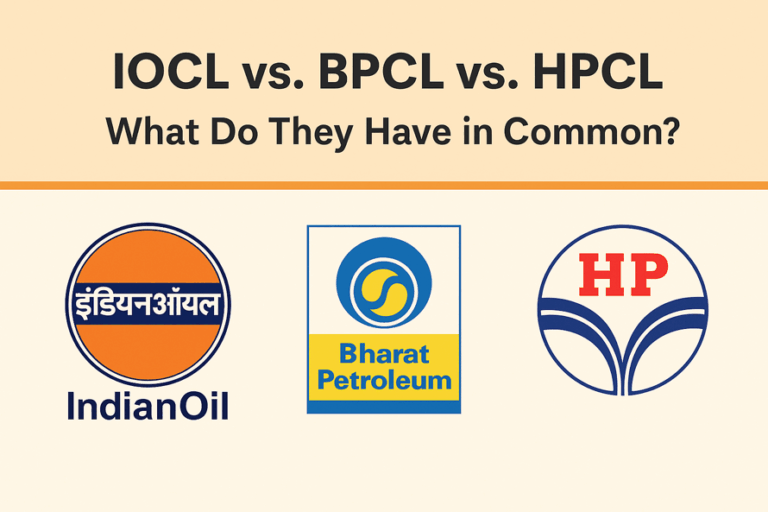
Overview of IOCL, BPCL, and HPCL Indian Oil Corporation Ltd. (IOCL), Bharat…
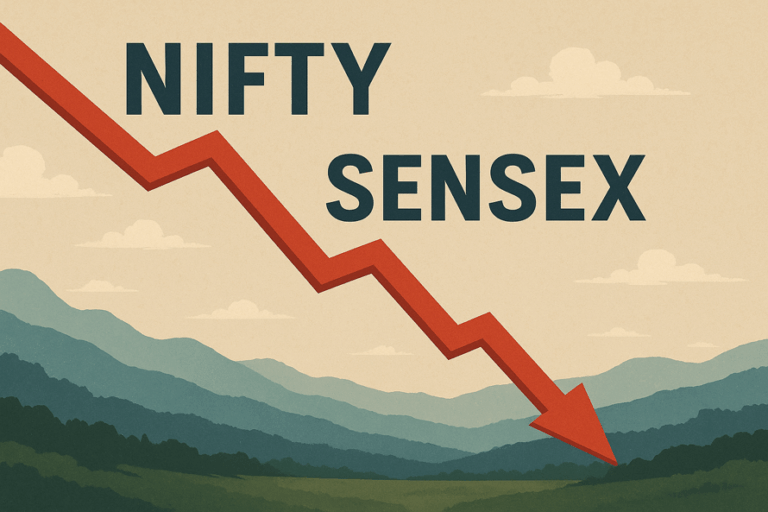
Index Close Day’s change Key notes BSE Sensex ≈84,391 –275 pts (–0.32%)…
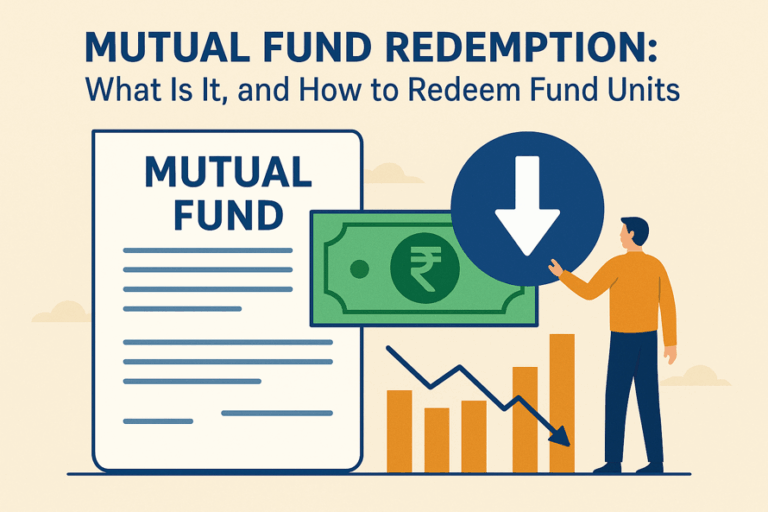
Every investor begins a journey with a dream, a goal, a plan,…

Market Summary Index Level Change % Change Commentary Nifty 50 25,839.65 −120.90 −0.47 %…